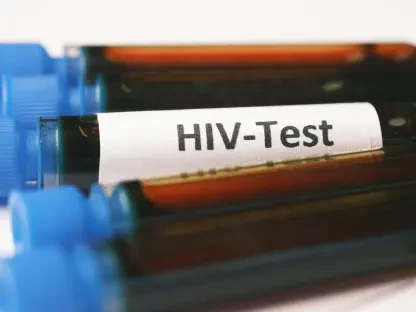The recent decision by the United States Court of Appeals for the Seventh Circuit to reverse Mark Sorensen’s conviction under the Anti-Kickback Statute (AKS) marks a pivotal moment in legal interpretations related to healthcare marketing strategies. Sorensen, owner of SyMed Inc., faced accusations of participating in illegal kickbacks tied to advertising for durable medical equipment (DME). At the heart of this legal examination was the distinction between permissible advertising endeavors and forbidden referrals. In collaboration with PakMed, marketing agencies, and a billing agency, Sorensen engaged in marketing orthopedic braces while physicians maintained independent judgment regarding prescription authority. This provided a crucial backdrop against which the legality of Sorensen’s actions was evaluated. The court’s decision delves into the core issues of intent and distinction, pivotal to understanding the legal framework surrounding AKS.
Exploring the Legal Distinction
The Seventh Circuit’s assessment centered around differentiating between lawful advertising payments and illegitimate referral schemes under the AKS. Key to this case was the cooperation model among Sorensen, PakMed, and other agencies, where marketing efforts focused on orthopedic braces yet preserved physicians’ autonomous discretion over prescription approvals. This collaboration highlighted the intricate line distinguishing genuine advertising efforts from tactics that could unduly influence medical professionals. The ruling underscores that payments for advertising do not inherently qualify as illegal patient referrals, bringing to light the critical role of intent in these cases. The decision serves as a guiding template for delineating between appropriate business conduct and potential legal infractions under the AKS. By affirming the importance of distinguishing legitimate advertising from coercive tactics, the court sets a precedent that may influence future legal challenges within this domain.
Implications for Future AKS Cases
The implications of this ruling stretch beyond the immediate case, suggesting broader repercussions for how similar situations might be evaluated under the AKS. The court’s focus on intent and the differentiation between advertising and referral incentives directs attention to the nuanced examination required in these cases. It accentuates the necessity for businesses to clearly establish their practices within legal boundaries to avoid liability. The decision reinforces that legitimate advertising, devoid of coercive elements, remains a separate entity from activities deemed as illegal kickbacks. As the healthcare industry continues to evolve, this ruling could influence ongoing interpretations and enforcement of the AKS. By establishing a clear precedent, the Seventh Circuit’s decision may aid in providing clarity to organizations navigating the complex landscape of healthcare marketing regulations, emphasizing lawful strategies over illicit practices.









